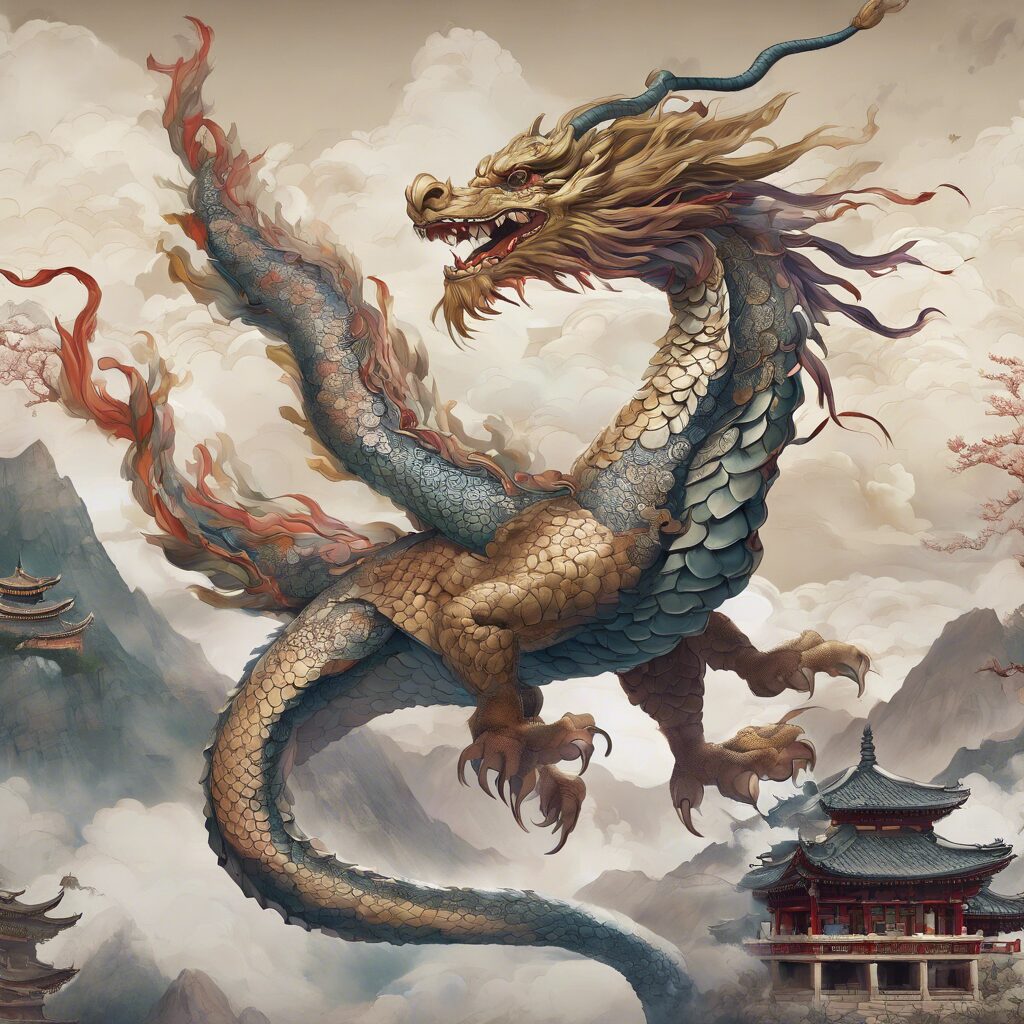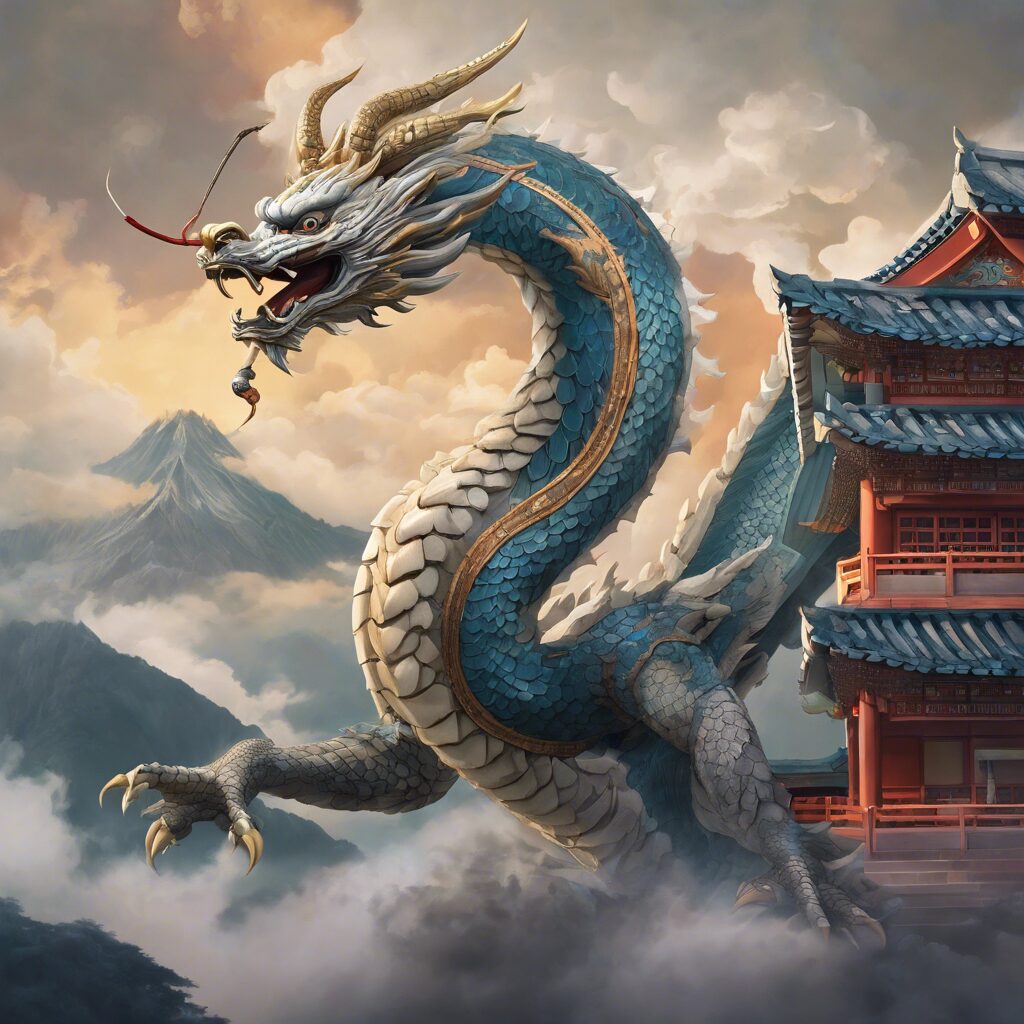The Korean dragon, or yong (용), is a revered creature deeply embedded in Korean folklore and history. Unlike its Western counterparts, the Korean dragon is a symbol of good fortune, rain, and agriculture. These majestic beings have fascinated people for centuries, and today, we embark on a journey to explore their enigmatic nature.
The Origins of Korean Dragons
Korean dragons are believed to originate from ancient mythology and have evolved through countless stories passed down through generations. They share similarities with other East Asian dragons, such as those in Chinese and Japanese cultures, but with unique traits that make them distinctly Korean. These dragons are typically depicted as benevolent creatures, often associated with water and agriculture, highlighting their role in Korean society as bringers of rain and prosperity.
These dragons play a crucial role in Korean creation myths, where they are often portrayed as rulers of seas and water bodies, harmonizing the elements to bestow balance and fortune upon the land. Their association with water underscores their importance in a largely agrarian society where successful harvests depended heavily on rainfall.

Physical Characteristics of Korean Dragons
Appearance
The Korean dragon is often depicted with a long, serpentine body, adorned with scales that shimmer like precious gems. Unlike Western dragons, which are typically portrayed with wings, Korean dragons lack these appendages, instead relying on their mystical abilities to soar through the skies. Their heads are adorned with antlers, resembling those of deer, and they often have whiskers and beards, which add to their regal appearance.
Symbolism
The symbolism of the Korean dragon is deeply rooted in the elements they control. As masters of water, they are believed to bring rain, ensuring fertile lands and bountiful harvests. This vital role is celebrated during various cultural festivals, where dragon dances and rituals are performed to honor these ancient guardians.

The Role of Korean Dragons in Culture and Literature
From epic poems to historical texts, Korean dragons have graced the pages of numerous literary works. They have been portrayed as wise and powerful creatures, often providing guidance to heroes and emperors. One famous example is the “Samguk Yusa,” a collection of Korean historical legends and stories, where dragons frequently appear as divine beings with great influence over the fate of nations.
In addition to literature, Korean dragons are also prominent in art and architecture. They often adorn temples, palaces, and various cultural artifacts, symbolizing protection and good fortune. Their presence in these artifacts is a testament to their enduring significance in Korean heritage.
Modern-Day Celebrations
Today, Korean dragons continue to be celebrated through festivals and ceremonies. Take a look at this captivating video to witness a contemporary dragon dance performance:
Such performances are not just remnants of the past but active celebrations of Korean cultural heritage, showcasing the vibrant and dynamic nature of these mythical creatures.

The Legacy of Korean Dragons
The legacy of Korean dragons extends beyond folklore and celebrations. They have become symbols of national pride and identity, embodying the spirit of resilience and harmony. Their tales continue to inspire new generations, blending tradition with modern interpretations in popular culture, such as films, literature, and even video games.
As we dive deeper into the lore of Korean dragons, it’s clear that they are more than mythical beasts; they are an integral part of Korea’s cultural fabric. To learn more about the fascinating world of dragons, you can explore other resources such as Britannica and Mythology.net.
In conclusion, the Korean dragon is a captivating symbol of nature’s balance and cultural richness. Whether in ancient texts or modern festivals, their presence continues to be a source of wonder and admiration. As we celebrate these awe-inspiring creatures, we also honor the enduring legacy they leave in the tapestry of human history.
